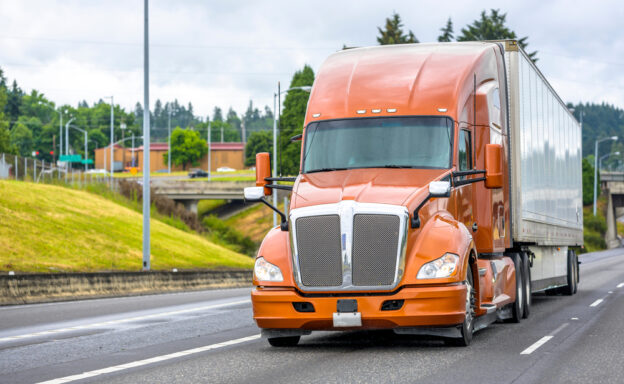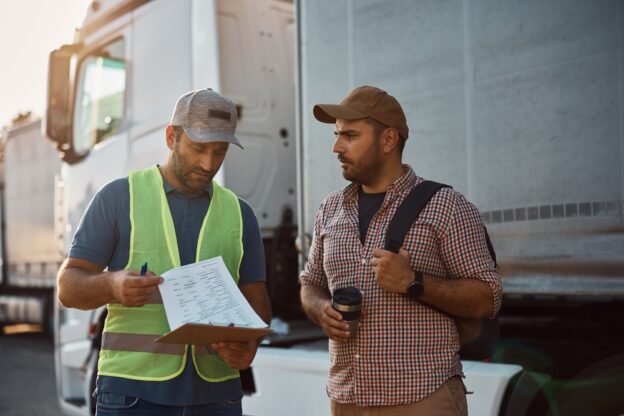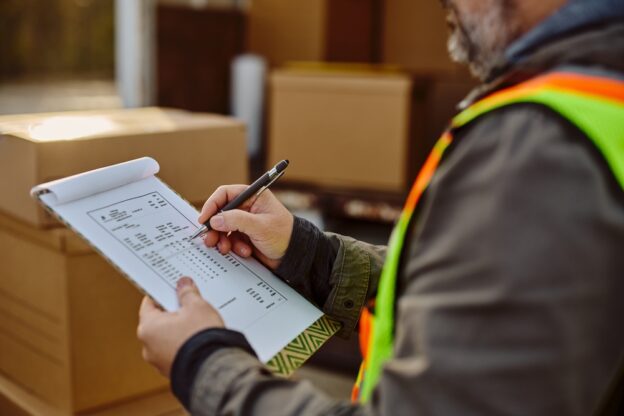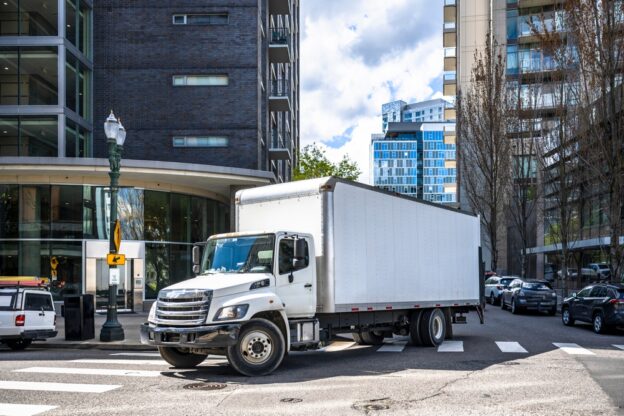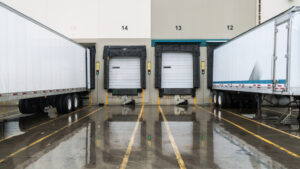What is a Freight Truck?
If you had to make a list of all the industries in this country that many people take for granted, transportation and logistics would undoubtedly be right at the top. Most of us don’t spend too much time thinking about the origins of that new furniture we bought, or that car, or all those items we ordered on Amazon. We just enjoy them. But without logistics professionals, they never would have made it into our lives.
In terms of the transportation industry itself, freight trucks are crucial. They’re designed to transport items safely and efficiently, no matter what. But obviously, different types of items have different requirements. You wouldn’t be able to haul gasoline to the local gas station for a refill using the same type of freight truck you would to get all those dairy items down to the local grocery store. You’d use freight trucks in both situations – just two different kinds.
When people talk about the sensitive nature of supply chain operations, not only in this country but around the world, understand that freight trucks of all shapes, sizes, and types are an integral part of that.
8 Types of Freight Trucks
All told freight trucks have a variety of intended purposes depending on what type you’re talking about. Some look very different from the next and many require specific types of experience to safely operate. They all have the same overall purpose, however: to make sure important items get where they need to be, no matter what.
1. Dry Van
A dry van is the type of freight truck that most people are familiar with. Indeed, if you’ve ever ridden on the highway for any appreciable length of time, you’ve likely passed more than a few of these. Dry vans have 53-foot-long trailers and are not temperature-controlled. If you’ve ever worked in a warehouse and had to unload pallets or even furniture, the chances are high that it all arrived at your destination via a dry van.
2. Refrigerated (Reefer)
Refrigerated trucks are sometimes called reefer trucks. They look similar to a traditional dry van, except the trailer itself is temperature-controlled. This makes it perfect for hauling items that need to stay within a precise temperature range, with food and beverages being the top example. Many pharmaceuticals and even sensitive chemicals are often hauled this way, too.
3. Flatbed
Flatbed trucks don’t carry their loads in an enclosed trailer. Instead, as the name implies, they use a flat, open trailer. There are no sides or even a roof. This is what makes them perfect for oversized cargo in particular. They’re easier to load than a traditional truck and can carry the type of weight that you’d be hard-pressed to match elsewhere.
4. Step Deck (Drop Deck)
Also commonly referred to as a drop deck, a step deck trailer is not too dissimilar to a flatbed truck. You still have a flat, open space with which to store items. However, the unique construction of a step deck makes it the ideal solution for tall cargo in particular. Not only do they have more overhead clearance, but they’re also easier to load and unload as well because they’re closer to the ground.
5. Tanker
Tanker trucks are designed very precisely to carry the types of loads that would largely be impossible to transport in any other way. A lot of construction materials make it to their destination this way – like sand or even concrete.
Here, there are two main types of tankers that you’re talking about. The first are dry bulk tankers, which can carry items like sugar and grain. Liquid tankers are also available, which are great for hauling beverages or even chemicals like gasoline. Most of these have different compartments to keep multiple loads separated from one another. They are both equally challenging to load and operate, albeit in their own unique ways.
6. Dump
Dump trailers, also commonly referred to as dump trucks, are designed to easily transport loose materials. One might be used to remove debris from a construction site, for example. Another might take essential materials like gravel to that same construction site. They’re also regularly used in the landscaping and agricultural sectors. The point is that whatever you’re hauling, you can do so quickly and efficiently. A dump truck is open on the top so whatever you’re hauling will be exposed to the elements to a certain extent, but that likely won’t matter.
7. Auto-Transporter (Car Hauler)
Auto-transporters are a type of freight truck designed for a single purpose: to safely carry multiple vehicles at one time. They’re built in a way that makes loading them easy – you essentially just drive the car right into an enclosed space, at which point it is secured. Depending on the size of the vehicles, it’s not unusual to see a car hauler with six or more cars at one time. These auto-transporters typically get used by car dealerships, for example, to transfer cars from one location to another. Regardless, if you need to transport vehicles over long distances, and you don’t want to actually drive them, an auto-transporter is likely how you’re going to get the job done.
8. Double Trailer
Finally, we arrive at double trailers. They’re essentially two dry trailers that are being pulled by a single truck. In terms of their design, think of them a bit like a train, only on the road. Multiple trailers are all being pulled via a locomotive, only in this case it’s a standard truck. You often see a lot of these carrying around large quantities of items in the retail or e-commerce industry. Some package delivery services also use them when they need to move high volumes of goods. Regardless, double trailers are understandably difficult to operate, which is why it takes an experienced driver to make sure things get where they’re going as safely and as efficiently as possible.
In the end, the type of freight truck you should use will vary depending on exactly what type of cargo you’re hauling. Typically, the job itself will dictate what type of truck is required. If something must be temperature controlled, you begin to narrow down your transportation options fairly quickly. If you’re having a hard time deciding, don’t worry – the team at Advanced Commercial Capital is happy to help.
If you’d like to find out more information about the different types of freight trucks, or if you’d just like to discuss your business’ own needs with someone in a bit more detail, please don’t hesitate to contact Advanced Commercial Capital today.

